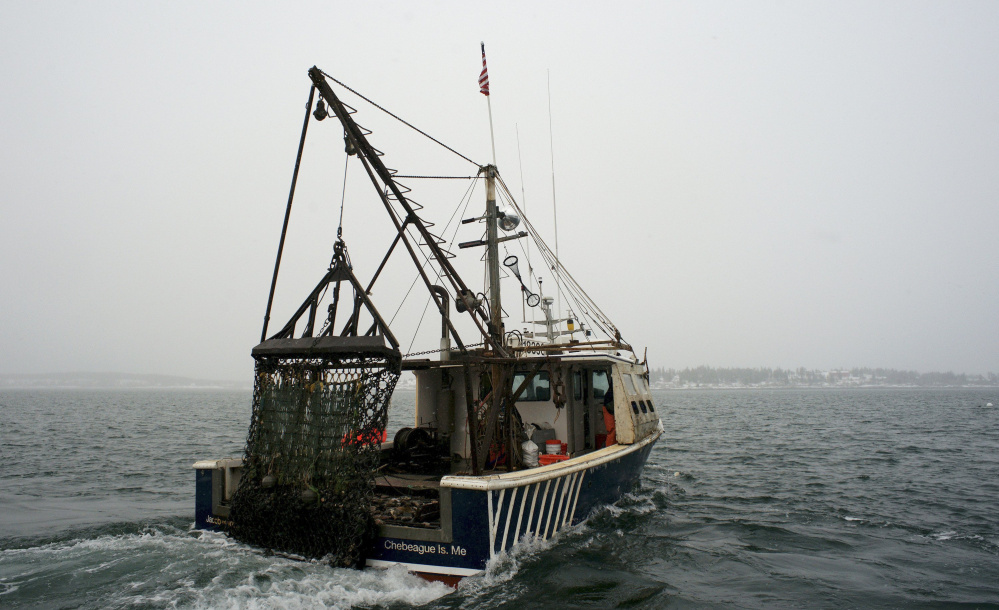The federal government plans to allow scallop fishermen to catch more of the shellfish next year as consumer demand for them grows.
The New England Fishery Management Council approved rules on Wednesday that are expected to yield about 47 million pounds of scallops during the fishing year that begins in spring 2017. The decision is expected to allow fishermen to continue catching more scallops than they did just a few years ago.
The new projection represents a slight increase from this year’s rules, which are expected to allow fishermen to catch 46.9 million pounds of scallops. That was a 30 percent increase from the 36 million pounds of scallops fishermen landed in 2015.
“We’re happy. It’s a valuable fishery right now,” said Jimmy Wotton, a Maine scallop fisherman. “People are starting to recognize it’s a top quality product, and they are willing to pay for it.”
Fishermen are expected to land the extra scallops in an era when price to consumers is increasing and scallops are growing in popularity.
Sea scallops were worth a little less than $6.50 per pound at the dock in 2006 and have since tracked up, fetching more than $12 per pound in 2014 and 2015. Prices have also gone up at seafood markets and restaurants.
“We’ve certainly seen prices at the auction have been strong,” said Jonathon Peros, a scallop plan coordinator with the New England Fishery Management Council.
Regulators are also allowing fishermen slightly more access to limited scallop fishing areas next year. Fishermen were allowed three trips to the limited areas this year and will be allowed four next time.
U.S. fishermen bring scallops ashore from Maine to North Carolina. Massachusetts has by far the largest scallop fishery in the country, centered around New Bedford, and accounted for more than half of the country’s scallop production last year.
New Jersey and Virginia have significant scallop fishing fleets, as well.
Send questions/comments to the editors.





Success. Please wait for the page to reload. If the page does not reload within 5 seconds, please refresh the page.
Enter your email and password to access comments.
Hi, to comment on stories you must . This profile is in addition to your subscription and website login.
Already have a commenting profile? .
Invalid username/password.
Please check your email to confirm and complete your registration.
Only subscribers are eligible to post comments. Please subscribe or login first for digital access. Here’s why.
Use the form below to reset your password. When you've submitted your account email, we will send an email with a reset code.